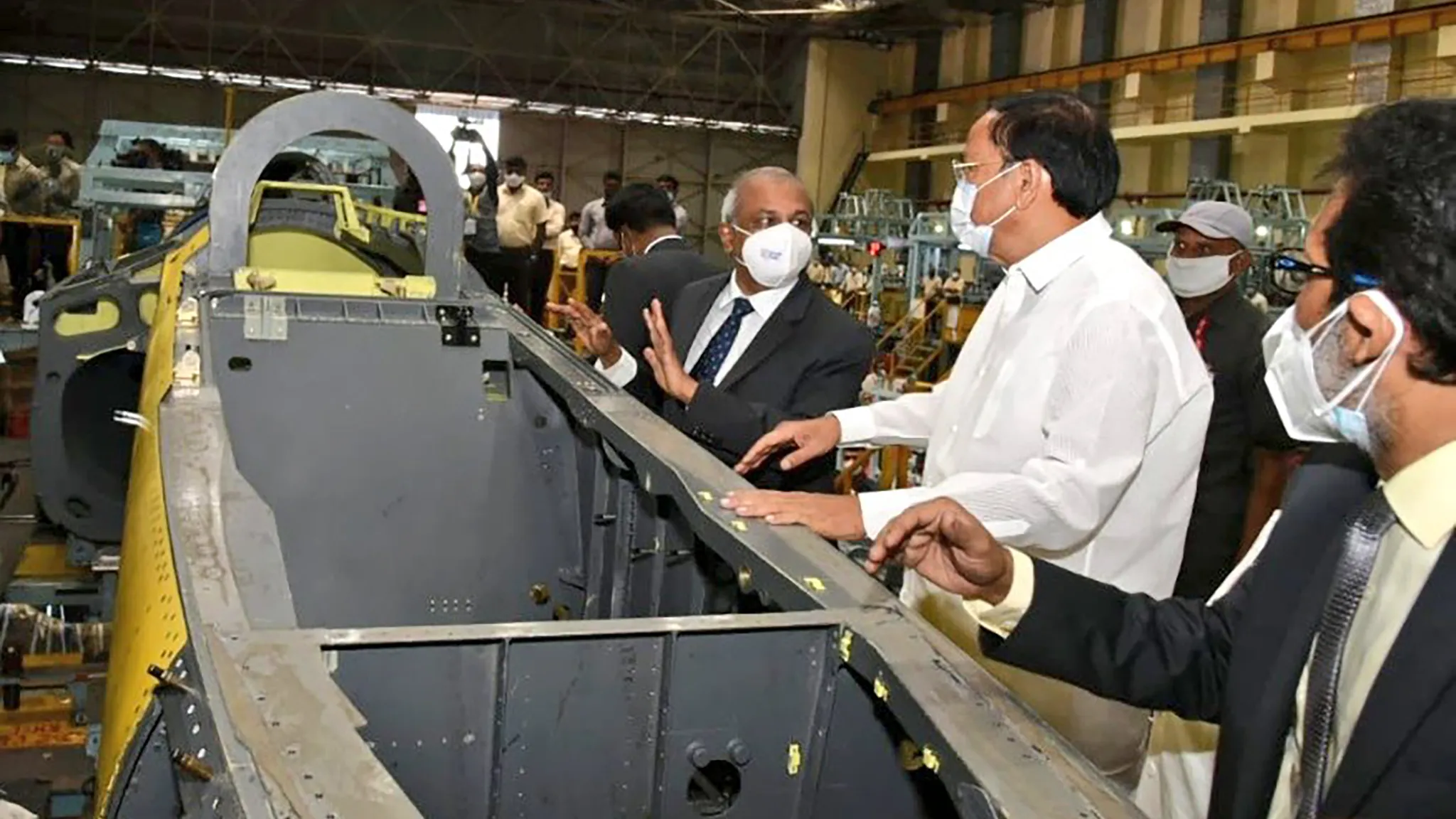Hindustan Aeronautics Limited (HAL) has secured a significant order worth ₹26,000 crore for aircraft engines, propelling its order book to over ₹1 lakh crore. This is a remarkable achievement for the defence public sector unit (PSU), a steep ascent from a ₹58,588 crore backlog in March 2019. The news has understandably excited investors, with HAL shares jumping 3 percent in Tuesday trade. The ‘Buy Indian’ programme continues to bolster domestic defence manufacturers, and HAL is clearly a prime beneficiary. But are orders alone enough to guarantee sustained success?
Orders are Just the Beginning
While a bulging order book paints a rosy picture, the experience of HAL itself suggests that execution is just as, if not more, critical. Despite the impressive growth in order inflows between FY19 and FY24, HAL’s sales growth has been relatively muted, clocking in at less than 8 percent per annum. Compare this to Bharat Electronics, a peer defence PSU, which managed to grow sales at over 10 percent annually in the same period. As the definition of project finance indicates, the repayment and success of large projects hinges on projected cash flows and efficient management. Large orders are essentially projected future cash flows, but turning them into actual revenue requires seamless execution.
Supply Chain Turbulence
One specific instance highlights this execution challenge. The delivery of the Light Combat Aircraft Mk1A, a substantial order for HAL, is facing delays due to supply chain issues at GE Aerospace, the engine supplier. Analysts at ICICI Securities point to global supply chain disruptions impacting engine supply, potentially delaying aircraft delivery and revenue recognition in FY25. This isn’t an isolated incident. Large scale projects, especially in sectors like aerospace and defence, are inherently complex and vulnerable to disruptions. Project finance structures are designed to manage these risks, but ultimately, efficient execution on the ground is paramount.
Focus on Shareholder Value
HAL has guided for double-digit sales growth in FY25 and beyond, which is encouraging. However, with the stock trading at a premium of 37 times estimated FY26 earnings, investors are clearly expecting more than just low double-digit growth. For HAL to justify this valuation and deliver long-term shareholder returns, a sharper focus on project execution is essential. Minimising delays, streamlining processes, and ensuring timely revenue recognition will be crucial. The government’s continued support and indigenisation push provide a strong tailwind, but HAL must capitalise on these opportunities by translating orders into tangible sales and profits.
Investors should not just focus on the ever-growing order book. The real value creation will come from how efficiently HAL executes these orders and converts them into revenue and profits. Keeping a close watch on execution metrics will be key to gauging HAL’s true potential and long-term investment prospects.
Image Courtesy: X(Vice-President of India)










Leave a Reply